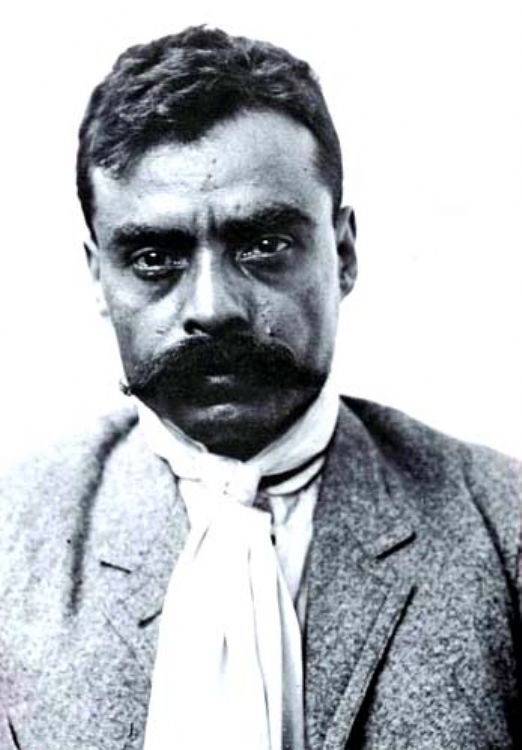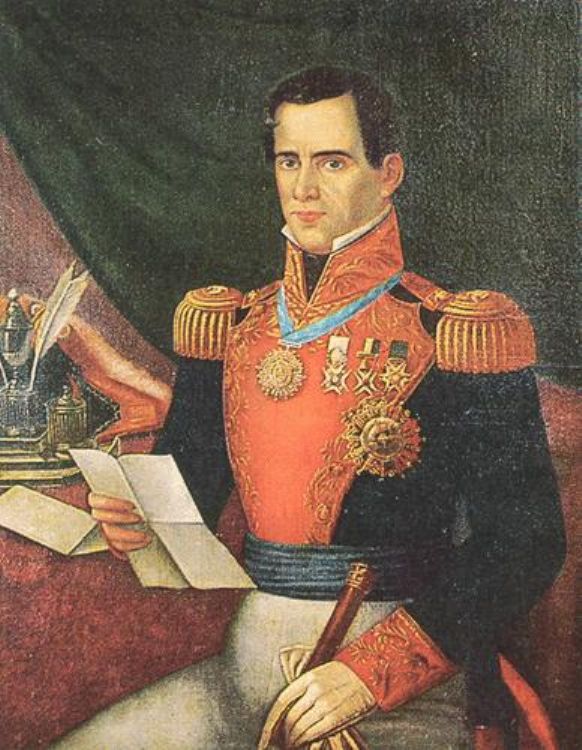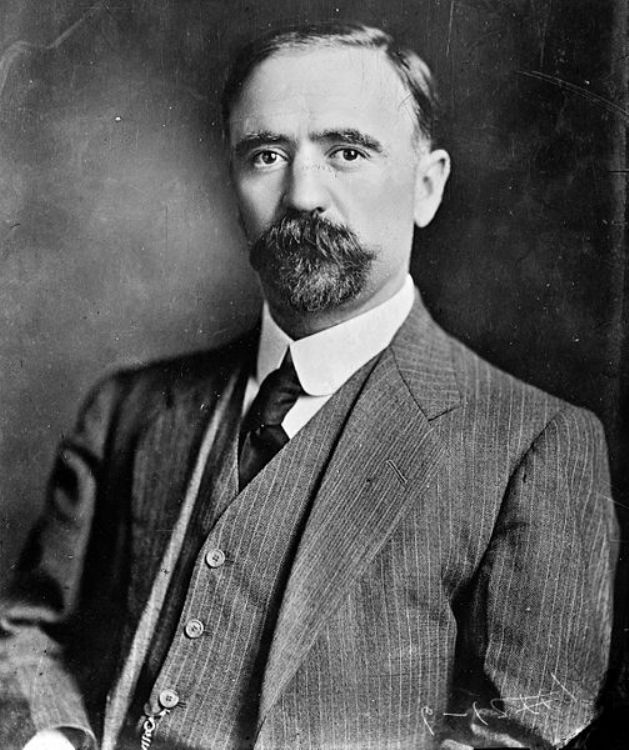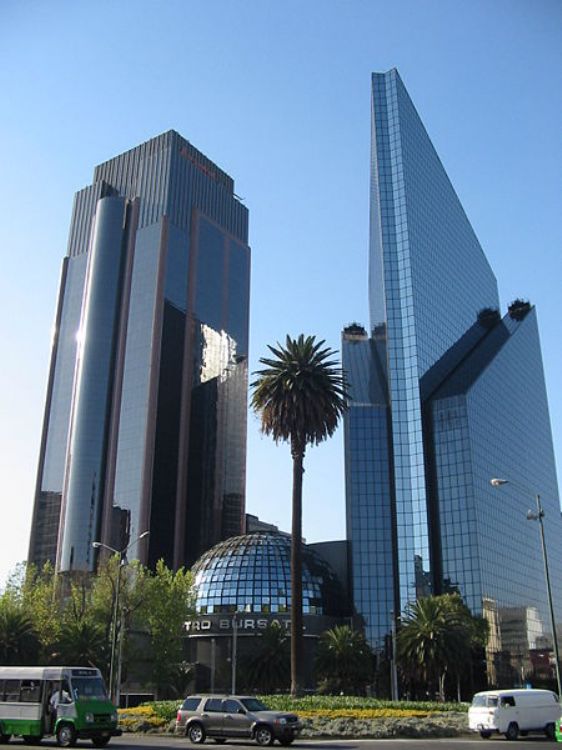Attractions in Jerez, Zacatecas
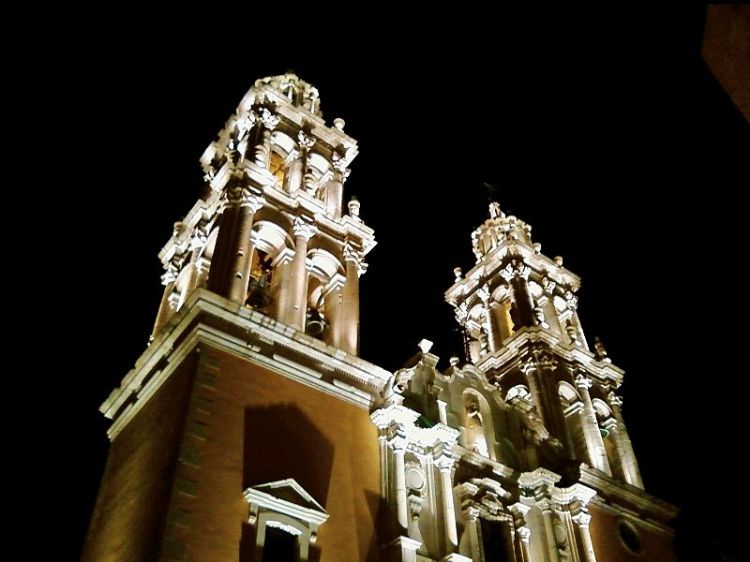
The extent currently occupied by the State of Zacatecas was first populated by the Zacateco Indians, who named this region. Their domain reached the Nazas River in Durango. The Zacateco Indians were not very âcivilizedâ; they barely dressed only covering parts of their bodies with tanned animal skins and when on war expeditions they painted snakes, frogs and other repulsive animals on their bodies. Their homes were miserable conical huts build with sticks and covered with hay.
This region was used as a stationary site for nomad groups. In 1570, a group of Spaniards led by Captain Pedro Carrillo Davila formed a settlement with the name of Jerez de la Frontera in order to defend the road stretching from Guadalajara to Zacatecas against the attacks of insurrect Indians.
The oldest mention of Jerez is from the year 1584, when the Real Audiencia of Guadalajara sent a document by orders of the King of Spain demanding that all of the towns of the kingdom must observe the lunar eclipses and the amount of shadows produced by it in order to determine the longitude and latitude of all places.
Some Indian groups were sedentary and not warriors, so the Spaniards, upon their arrival, took advantage of these tribes to fight against the hostile Indians. A little after, it was granted the title of Jerez Villa. In 1952 it was named Jerez de Garcia Salinas, the name it still flaunts.
With the imposing Cardos Mountain Range as background, the fertile valley of Jerez is surrounded by the mountains of García, Susticacán, Chiquihuite, Leiva and San Francisco; all part of the Zacatecas Mountain Range extending from Northeast to Southwest towards Jerez River.
Two are the most notable mountains within the municipality; La Campana 2,300 meters high and the one known as La Cantera stretching 2,120 meters in height. The Jerez River, commonly known as âRío Grandeâ, waters the valley where its water is put to good use and runs to the Ramón López Velarde Dam, known as âEl Tesoreroâ.
This city is located 57 kilometers from the city of Zacatecas and was founded in the XVI century, still preserving its colonial and calm ambiance. It proudly displays its vast cultural and architectural heritage.
The Sanctuary of Nuestra Señora de la Soledad is one of the most recommended places to visit. It was constructed in 1805 and has a neoclassic architectural style. This is a place of cult for the patron saint of the people from Jerez; she has been recognized by important military men because of her intervention in acts of war.
This is why the Virgin of Soledad of Jerez is three times General, as shown by the elements she exhibits. The wonderful interior of this sanctuary is reminiscent of the Santiago de Compostela Sanctuary, because there was always the intent of recreating nostalgic images of Spain.
Teatro Hinojosa is another venue all visitors must see. It was built between 1872 and 1878 by the government of Jose Ma. Hinojosa. When the cinematography era began, this theater as so many others was the ideal space for the first projections because of its capacity and lighting. Currently, this construction operates as a venue for all types of activities, from cultural to social and political; flaunting the best of art and Jerez society.
The Dolores Cemetery exhibits a vast array of artistic expressions in its mausoleums, architectural works of great interest for visitors. It is one of the oldest and most notable cemeteries in the State of Zacatecas.
Artículo Producido por el Equipo Editorial Explorando México.
Copyright Explorando México, Todos los Derechos Reservados.
Foto: Toel

